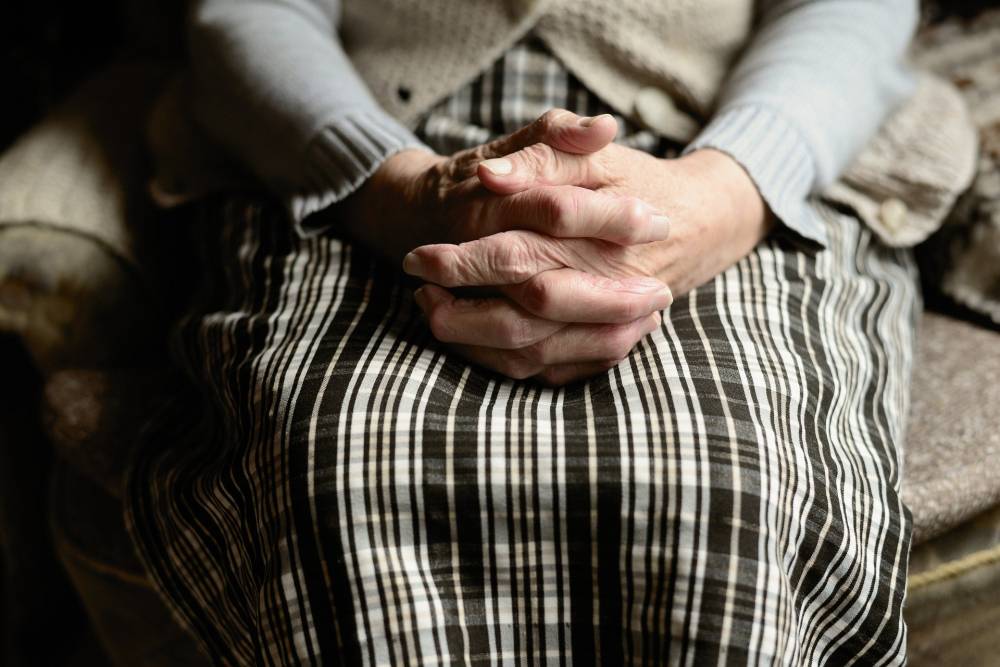
When a family member was diagnosed with young onset dementia, John* thought he was in a good position to find the care she needed.
Hilary* had had a successful career, was healthy, and was in a strong financial position.
The family set out to get Hilary care at home. Still only in her early 60s, they believed it was best for her to remain at home for as long as possible to preserve her independence.
But as the family became more familiar with the home care system, they began to realise fees would consume most of the home care packages Hilary was entitled to, leaving them with no option but to move her into residential aged care.
Initially, Hilary was on a Level 2 package, which provided five hours of care a week.
There was half an hour in the morning, when the carer was needed to help Hilary make her breakfast, remind her to take her medication and help her shower.
And there was half an hour in the afternoon, when the carer would prepare her a hot meal.
“It was a waste of time,” John told HelloCare. “It wasn’t long enough, but that was the most time the home care provider could give her under that support package.”
Next, Hilary was offered a Level 3 package which delivered 8 hours of care a week. Again, John said it was “an absolute waste of time”.
It took three years for the home care package Hilary had been assessed as needing, a Level 4 package, to be offered to her.
“We thought everything was coming together and Hilary would be really well looked after,” John said when they were offered the Level 4 package.
But to the family’s dismay, the Level 4 package, the highest level of home care available, only delivered Hilary 12 hours of care a week.
Throughout HelloCare’s conversation with John, he revealed exceptional kindness towards Hilary, and it was clear he is a person of great patience and good character. But as he recalled how the system let Hilary down, his frustration became clear.
“It’s disgusting,” John said. “A family dog gets better care than that.”
The family went to four different providers seeking more hours of care, but they all offered approximately the same number of hours.
At that point, the family “gave up” with home care, and directed their energies into getting Hilary into residential aged care.
“After we found out the Level 4 was totally inadequate, that’s when we decided that Hilary just could not stay at home any longer,” John said.
The Australian government acknowledges that most people want to remain living at home for as long as possible as they age, and the healthcare system has undergone a range of reforms to support the provision of care in the home for people as they grow older.
But John and Hilary’s story, and others like it, reveal a system that is still not meeting the needs of the people it was designed to help.
Firstly, it can be difficult for older people to find home care providers.
Secondly, people often have to wait years to be able to access the level of home care they have been assessed as needing, as in Hilary’s case. People die waiting.
And thirdly, exorbitant fees are eroding the hours of care being offered.
The system designed to keep older people out of a nursing home, is actually forcing them into one.
* Names have been changed.
Image: congerdesign, Pixabay.
There is never going to be a time when society will fund one on one home care, it’s simply unaffordable now and clearly doesn’t meet needs.
The concluding statement in this article …..The system designed to keep older people out of a nursing home, is actually forcing them into one….. is absolutely false and miss leading. Elders are clawing to get out of their incarceration and some are being successful while more and more families are also keeping their loved elder at home instead of dumping them in nursing homes.